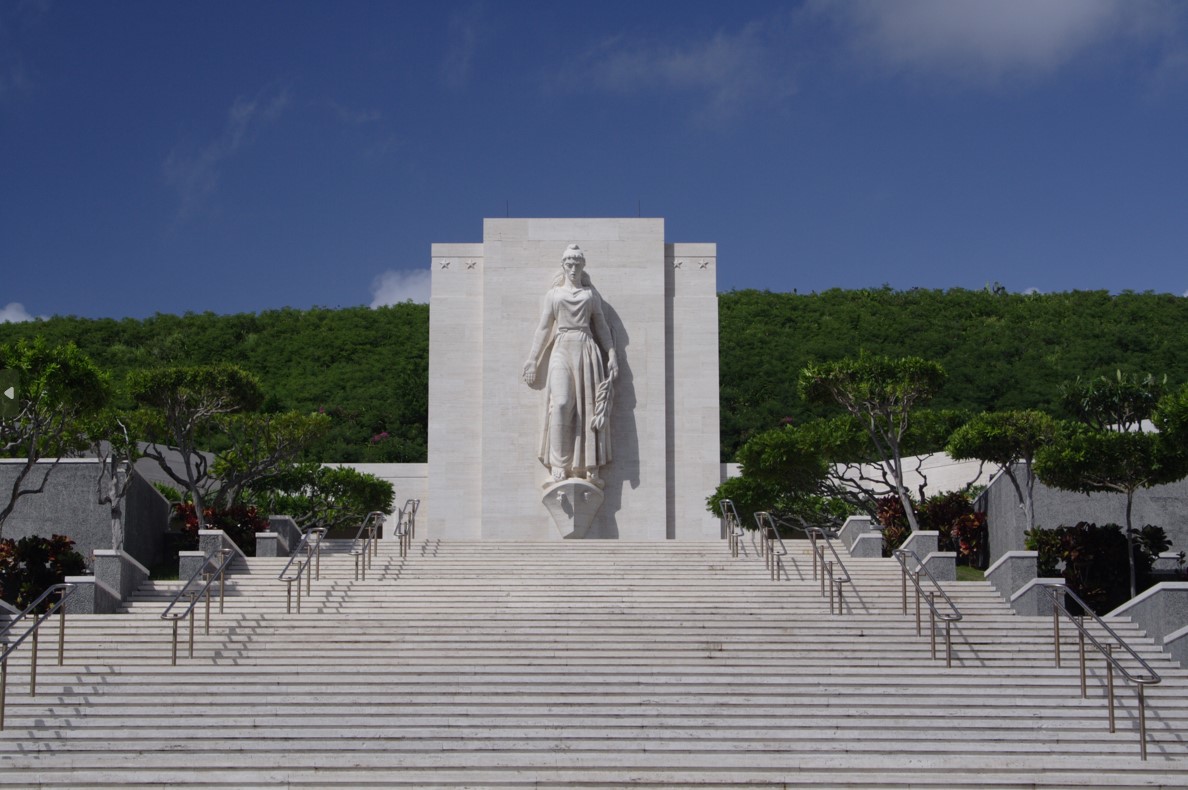On September 20, at 10 a.m. HST, the American Battle Monuments Commission will host a rosette ceremony at its Honolulu Memorial in Hawaii, to honor more than 950 Vietnam War veterans who have been accounted for by the Defense POW/MIA Accounting Agency and its predecessors.

In the largest event of its kind, 30 Gold Star Families will place bronze rosettes beside the names of their loved ones inscribed on the Courts of the Missing at the memorial, signifying they have been recovered and identified. This event—in cooperation with non-profits, veterans organizations, community leaders, and federal agencies that support the military accounting mission—will occur as part of the National POW/MIA Recognition Day ceremony, recognizing the sacrifices of the honored service members and the strength of the families of the missing.
ABMC works closely with DPAA to honor fallen service members, placing rosettes at its sites throughout the world as new identifications are announced. Rosettes are a symbolic reflection of the nation’s promise to service members that they will never be forgotten, and serve as a measure of hope to families who are still searching for answers.
The ABMC rosette ceremony on September 20 is an opportunity to bring the memorial fully up to date and honor those commemorated at the site. In all, more than 1,000 rosettes will be placed between the ceremony and the end of October, including service members from World War II, the Korean War and the Vietnam War.
The Honolulu Memorial was dedicated in 1966 to honor the sacrifices and achievements of American armed forces in the Pacific during World War II and the Korean War, and since expanded to include those missing from the Vietnam War. In total, the memorial commemorates nearly 29,000 individuals, including 2,504 missing Americans from the Vietnam War.
Sources:
ABMC brochures and documents
PAO team
 An official website of the United States government. Here's how you know.
An official website of the United States government. Here's how you know. 